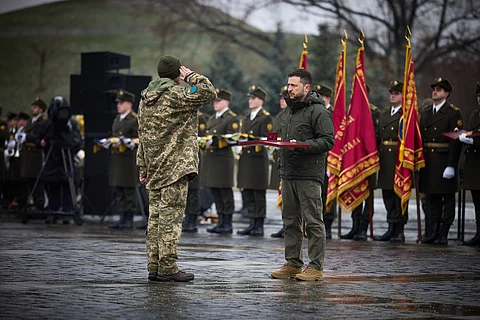

The number of Ukrainian soldiers deserting military service has risen sharply in 2025, according to Ukrainian investigative journalist Volodymyr Boyko. Citing data from the Ukrainian government's Unified Register of Pre-Trial Investigations, Boyko reported that as of June 1, 90,590 criminal cases related to unauthorized abandonment of military service have been opened since the beginning of the year. Of those, only 1,375 individuals have returned to their units.
In a post made to X (formerly Twitter), Boyko provided a monthly breakdown of reported desertion cases:
· January — 18,145
· February — 17,809
· March — 16,349
· April — 18,331
· May — 19,956
Boyko also cited the total number of desertion-related cases since the start of Russia’s full-scale invasion on February 24, 2022, as 213,722. That figure suggests that over 42 percent of all recorded desertion cases during the war occurred in just the first five months of 2025. Between February 2022 and December 2024, Ukraine averaged around 10,261 cases per month—significantly lower than this year’s current monthly average.
Estimates indicate that around 30,000 men are being mobilized into the Ukrainian army each month. The dramatic rise in desertions comes amid reports that Ukraine now relies almost entirely on conscripts, many of whom are forcibly detained in the streets and sent into military service, often lacking the will or motivation to fight.
Desertion rates have been climbing since 2024, when approximately 60,000 cases were reported—more than the combined figures for 2022 and 2023.
One high-profile example involves Ukraine’s 155th Mechanized Brigade, known as the Anne of Kyiv Brigade, which was formed and trained in France in late 2024. Of the 2,300 men sent to France for training, about 50 deserted while abroad, and another 1,700 reportedly deserted in Ukraine before being deployed to the front lines.
One of the factors in the rise of desertion is due to Ukraine’s now almost sole reliance on conscripted men, who are usually forcefully taken into military custody in the streets.
It is these conscripts who have less of a desire to fight than volunteers and those who have strong ideological motivations to fight the Russian military.